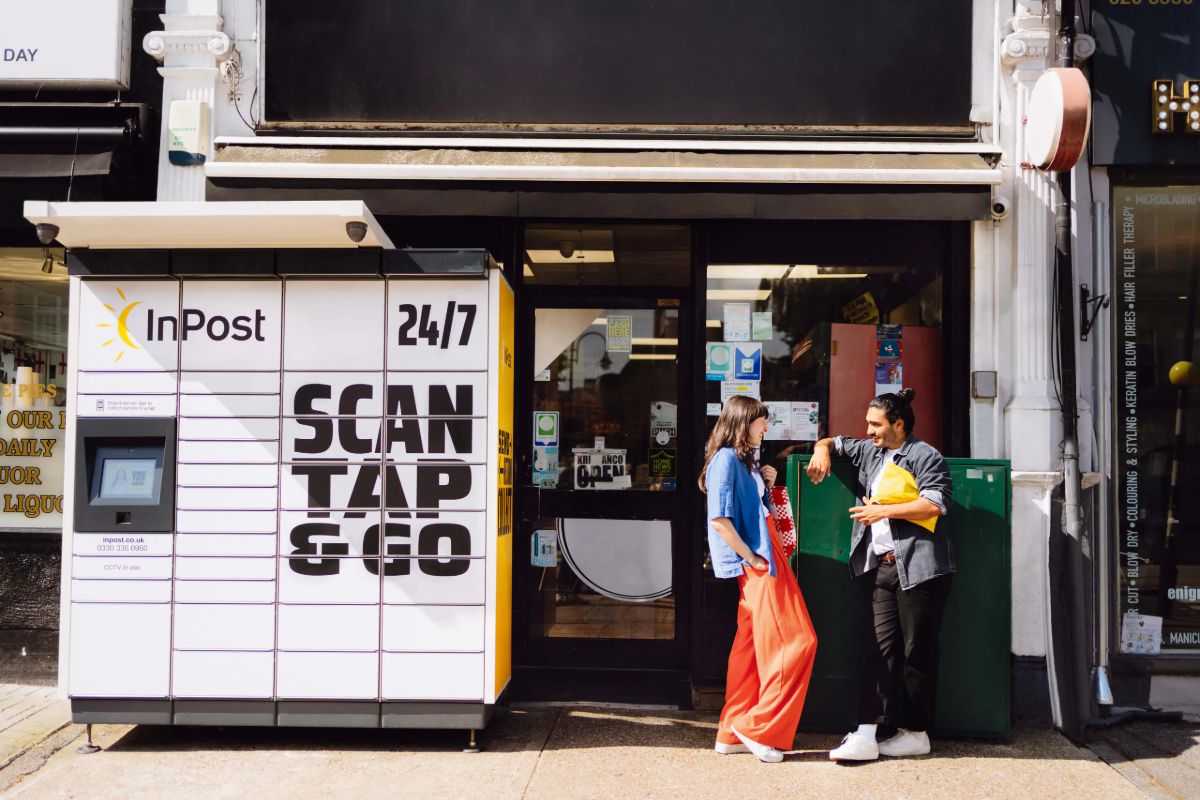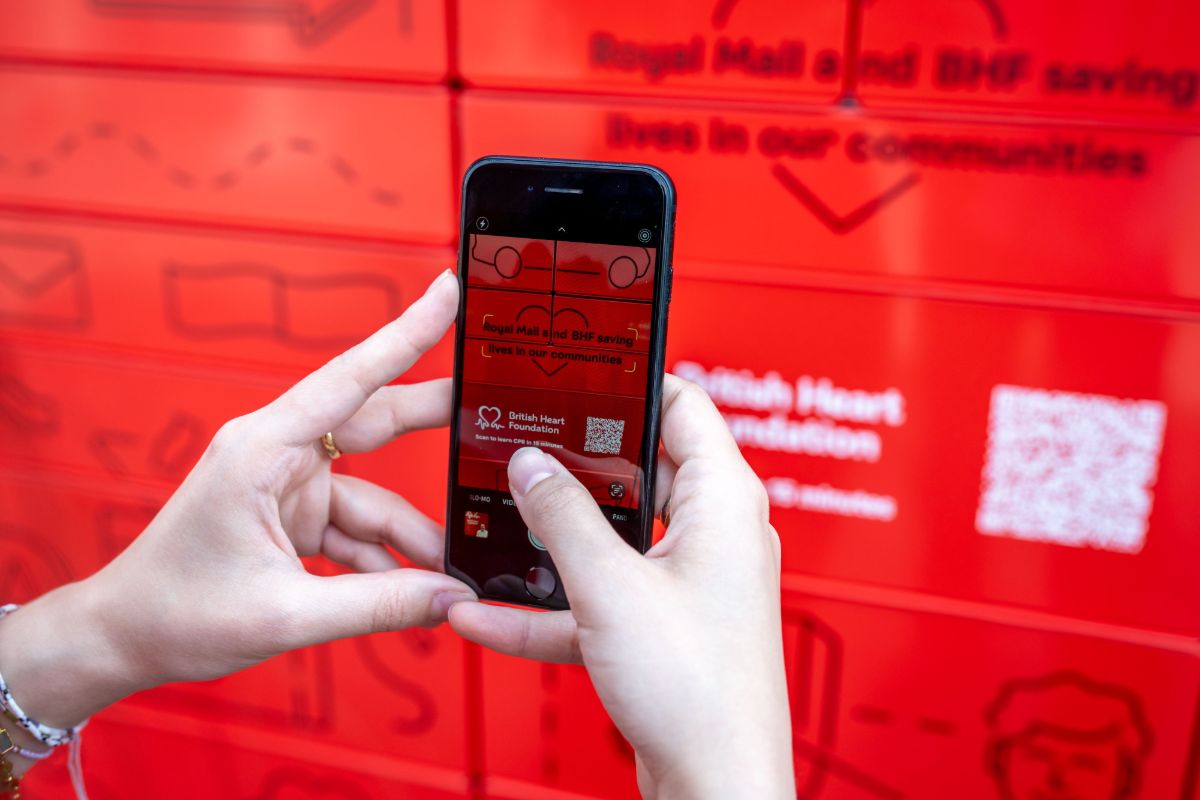Nick Glynne, chief executive of the Buy It Direct group, explains why it is focusing its journey on sharing knowledge with customers
When it comes to merchandising, it’s hard to think of a more important starting point than knowing who your customer is. For online appliances retailer and IRUK Top50 performer in Merchandising, Appliances Direct , that’s a tricky question, since who doesn’t need a TV or a washing machine? “Our customers are anyone who needs an appliance!” admits Nick Glynne, the chief executive of parent company, Buy It Direct group.
“I know this sounds crude but ultimately, our demographic is very mixed and we have to take a wide spectrum of people into account. We try to think about the customer depending on the category they’re browsing and the price range. For example, someone buying a non-brand entry level washing machine is a very different customer to one buying a Miele £1,000 model. Both those types of customers are browsing and using our website, but they need to get to different end points and have different requirements from a merchandising perspective.”
Fortunately there are some requirements that all of its customers share. The right product at the right price, for example, or fast, flexible and efficient delivery. Everyone usually needs services such as connection and recycling of old appliances, while a user-friendly website plus expert knowledge and advice lie at the heart of what the company believes will be its success going forward.
“We are experts in all the categories we sell and we want our customers to talk to us as much as possible so that they can get the best possible service while we can continue to learn from them,” says Nick. “While our website is very deal focussed, there are a lot of elements in place to help our customers. This was key to us as our research found that when customers wanted reassurance or had further questions, we wanted to give them all the information they needed and make it easy to speak to one of our appliance experts. Our phone line numbers are plastered
all over the site and open late.”
Other tools to help the customer access information include buying guides, a Q&A tool, live chat feature and a compare tool to help decide between a range of products, along with the expected reviews and clear visuals. Product information is flagged up high and updated as a result of customer feedback, plus the company has started to add internally created videos.
“While we’re at an early stage here, we’ve seen a positive impact in conversion rate,” says Nick.
The challenge of getting to know its very diverse customer base is one that the company takes seriously and one that Nick feels is central to the company’s “massive journey from discount box shifter to customer-focused online retailer”.
“It’s a revolution for us and I would say that we are about a quarter of the way along. For years, we measured transactions but we are now doing everything we can to understand why that customer bought from us and to build a relationship with them, so they will come back.”
The importance of research
Research, says Nick “is in our DNA” and the company uses demographic profiling, analytics data, customer feedback, session tracking and heat mapping to keep learning in order to improve its offering. The most useful research of all, however, has been meeting customers face-to-face. “I know it may sound obvious but it wasn’t until we brought customers into our business that we really understood who we were talking to.”
This realisation has allowed the company to test potential changes to the website on focus groups that match different sets of customer groups before its in-house IT team – which has designed, created and launched all 15 websites in the Buy It Direct Group – makes the changes live.
The research has thrown up some interesting findings. For example, while a lot of people (not customers) notice the busy design of the pages, research found that this helped customers spot products and promotions and didn’t distract from the purchasing journey. They also discovered that despite many companies obsessing about keeping things at the top of the page, their customers aren’t afraid of scrolling. Another surprise was that they didn’t always have to be the cheapest retailer out there. “Once we shifted focus to listening to our customers and offering the expert advice that helped them make the right decision, we found that customers were happy to invest in us rather than scouring the market for the lowest possible price,” says Nick.
Further improvements have included adding more information about delivery option by post code on the product page, which has decreased drop out at checkout. Ongoing tweaks to improve the checkout experience are “vital” says Nick. “Talking to customers has highlighted the anxiety they can feel when presented with too many fields, complex wording, complex options or not enough information. It’s unlikely we’ll ever stop learning and testing here.”







